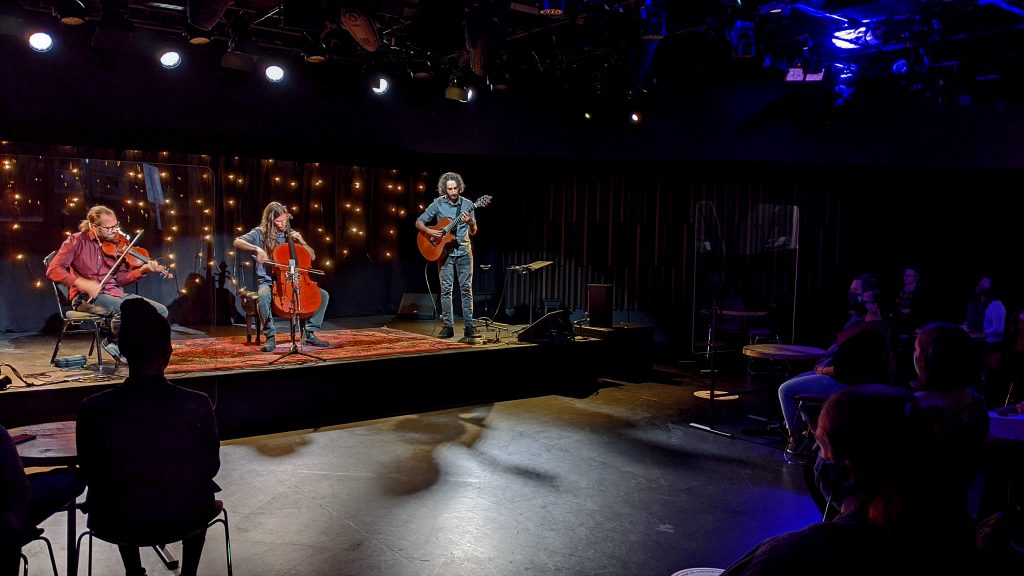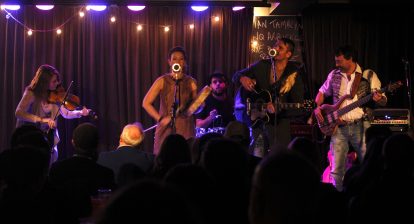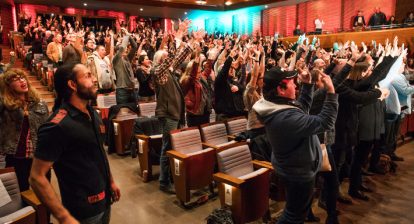CAPACOA recently held a fascinating town hall on the theme On the Path to Recovery: Are Mandatory Vaccines for Audiences in the Mix? As a complement to the recap of this discussion, here are recent findings about culture goers’ attitudes regarding vaccination.
Canadians increasingly report vaccination as an expected safety precaution at indoor events
The June edition of the Arts Response Tracking Survey provides enlightening insights on Canadian culture goers’ attitudes regarding vaccination. When asked what precautions are needed to make them feel comfortable to return, indoor culture goers increasingly say they want a vaccine. Among those that already attended or immediately plan to attend (41% of survey respondents), one in two mentioned vaccination as a precaution needed for them to feel comfortable to attend. These eager patrons also expect masks and physical distancing to remain in place.
Two very critical audience segments exhibit even higher expectations vis-a-vis vaccination.
Among those who plan to attend 1-5 months after cultural organizations are reopened (15% of survey respondents), three in four (74%) mentioned vaccination as a priority.
Then, there are culture goers who are still unsure about their timelines for returning to indoor events (28% of survey respondents). This sizable segment stands out from other groups. They are among the most likely to mention vaccination as needed precaution (72%). And they are the least likely to mention masks and physical distancing.
Positive feelings among U.S. patrons
Would unsure culture goers feel safer if proof of vaccination was required? The ARTS study didn’t ask. But the Audience Outlook Monitor did bring up the question with patrons from orchestras in the United States. The sample for this particular survey is small (1,655), but the direction is clear: 63% of surveyed patrons said they would be more likely to attend vaccine-only events. On the other end of the spectrum, 14% of patrons said they would be less likely to attend if proof of vaccination is required.
More research needed
Because of the small sample size, the methodology and the context (the United States has among the highest rates of vaccine hesitancy) precaution should be exercised in the interpretation of this finding. Attitudes vis-a-vis vaccination are different north of the 49th parallel, and a large majority of Canadians appear to be supportive of a mandatory proof of vaccination.
Further consumer research will be required to assert if proof of vaccination is more likely to be perceived by Canadian culture-goers as a fair safety precaution or an unfair requirement.








